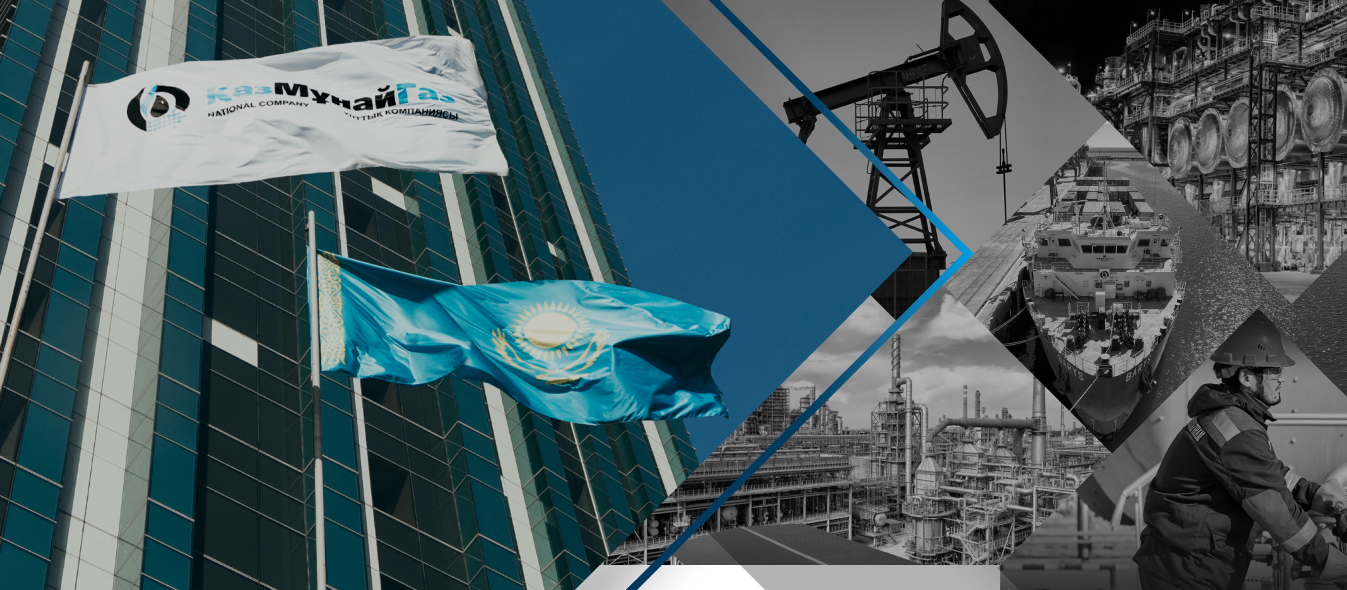ASTANA – Kazakhstan’s mainline and sea oil transportation volume increased by 14.2% to 21,541 tons in the first quarter of 2024, compared to the same period last year, according to a May 17 report by the national oil and gas company, KazMunayGas (KMG).

Photo credit: kmg.kz
The volume of oil transported through Kazakhstan’s main pipelines grew 7.9% to 18,081 tons due to higher export volumes to Europe, alongside a rise in oil transit and shipments from the port of Aktau.
The seaborne oil transportation volume increased by 65.2% to 3,460 tons. This boost was largely attributed to Azerbaijani oil transported via the Baku-Tbilisi-Ceyhan pipeline in the Mediterranean Sea and increased transportation volumes in the Caspian Sea along the routes from Aktau port to Makhachkala port and Baku port.
Kazakhstan’s oil and gas condensate production rose by 1.7% to 6,064 tons, while associated and natural gas production (before re-injection) increased by 4.6% to 2.5 million cubic meters. However, the volume of hydrocarbon processing at Kazakh and Romanian refineries declined by 6.3%, dropping to 4,626 tons from the previous 4,936 tons.
Oil production at the Tengiz field increased by 2.1% to 1.5 million tons (132,000 barrels per day), with associated gas production rising by 3.4% to 839 million cubic meters. This was attributed to high well productivity, reliable plant operations, and favorable ambient temperatures.
KMG’s share of oil production at the Kashagan field was 780,000 tons (68,000 barrels per day), a decrease of 1.7% due to limited capacity for reinjecting and processing associated gas. Gas production stood at 501 million cubic meters.
Oil and condensate production at the Karachaganak field increased by 3.5% to 291,000 tons (25,000 barrels per day), while gas production surged by 13% to 638 million cubic meters. This growth was facilitated by the restored ability to receive raw gas from the Orenburg Gas Processing Plant.
Overall, oil and condensate production from operating assets increased by 2.2% to nearly 3.5 million tons (279,000 barrels per day). This growth was largely due to KMG acquiring a 60% stake in the Dunga field in the Mangystau Region last November. Gas production from these assets also increased by 2.4% to 543 million cubic meters, driven by the Rozhkovskoye gas condensate field in the West Kazakhstan Region, which commenced commercial operations at the end of 2023.
According to the Kazakhstan Stock Exchange (KASE), by the decision of KMG’s Board of Directors, dated May 15, it was proposed that the net profit of 960 billion tenge (US2.1 billion) for 2023 be distributed as follows: 300 billion tenge (US$675.9 million) for dividend payments to shareholders and 660 billion tenge (US$1.4 billion) to remain at KMG’s disposal. The dividend per common share stays still at 491.71 tenge.


